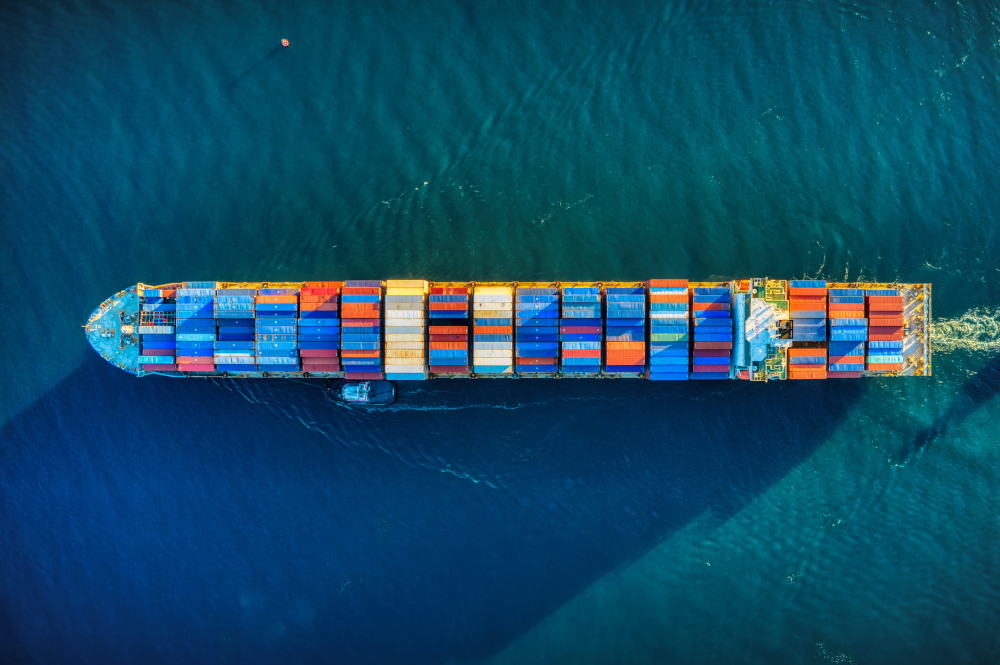10 Million Steps
Articles on leadership and mental models for understanding the world. All articles are written by Wojciech Gryc.
Putting Real-World Assets on Crypto
by Wojciech Gryc

Most of the excitement in crypto today focuses on digital assets: governance tokens, community memberships, NFTs, and more. There’s an incredible amount of innovation here… But how do we bring physical assets onto blockchains?1
Bringing assets onto crypto and fractionalizing them is still a new territory, both legally and from a logistics perspective. We’ll discuss how this is done, but let’s begin with a few examples of what this looks like:
- FTX lets you buy tokenized stocks; crypto assets that are tied directly to individual stocks, as well as some of their underlying rights, like dividend distributions.
- Klima DAO and Toucan enable you to buy and trade tons of CO2 that have been successfully removed from the environment.
- You can buy 2000 lbs of tungsten on OpenSea.
- ConstitutionDAO is looking to buy the only privately-owned copy of the US constitution and have members of its DAO fractionally own it.
- Bacon Coin enables you to buy coins that are staked to mortgages and houses.
The examples above illustrate just how versatile coins representing real-world assets could be. Whether you’re trading carbon credits, art, or houses, you can do so in a fractionalized manner… This can create completely new asset classes and ways of bartering and exchanging value2.
How does this work?
Building a coin that tracks or is pegged to a specific real-world asset comes with challenges. In most cases, such an asset still needs a centralized authority or owner to monitor and track the underlying asset.
This can be done in two ways: (1) have the team managing the coin tie the asset to the coin itself, or (2) have an external party manage this staking and connection to the coin. For example, Bacon Coin directly manages the mortgage contracts and their tokenization to bHome. The same is true for the ~2000 lbs of tungsten you can buy. On the other hand, FTX and ConstitutionDAO both use (or plan to use, in the latter case) a third-party organization who manages the stocks and assets on behalf of coin holders.
This management of the asset begs the question: do we need an oracle-like entity to merge real-world assets into crypto space? In short: yes.
The Klima case study
Let’s deep dive on Klima, where this sort of external verification is critical. How do you even begin to peg a coin to fully verified CO2 removals from the Earth?
In this case, Klima and Toucan (a similar type of coin) collaborated to create the Carbon Bridge where verified carbon offsets are tokenized into cryptocurrencies. The Carbon Bridge works with Verra. Verra is a non-profit organization that tracks and validates carbon removal projects. Once a project is approved by Verra, it can be connected to the Carbon Bridge, and then the CO2 that has been verifiably reduced by this project can be traded on Klima or Toucan.
With this approach, you have a number of players you need to consider: the organizations verifying the initial asset (i.e., Verra) and the issuers of the coins themselves (i.e., Klima or Toucan), and then the actual coin holders who need to buy/sell/trade these coins. In many cases, you’ll also want to consider external auditors who verify that the mapping between the real-world asset and coins or smart contracts are stable and mapped properly.
A (real) world of opportunity for crypto
A real-world crypto oracle would need to manage the entities tracking real-world assets or items being pegged to cryptocurrencies. This would be a big job, but centralizing this could also enable flexibility in how coins are created or what they are pegged to.
Imagine a scenario where you can create coins or smart contracts that merge a set of assets together… Suppose there’s an electric vehicle (EV) DAO that lets you own NFTs related to EV culture, stocks like Tesla, and raw resources like Lithium all in one coin.
Or imagine some of the recent announcements around coins tied to specific cities… What if those coins were pegged to a mix of assets – land and real estate in the cities, art owned by local cultural institutions, and tickets tied to events taking place in the city?
You can see how mixing these assets in new ways could lead to completely new and diversified asset classes, or even smart contracts that enable coin holders to benefit in other ways. There’s no reason why you can’t have a city coin tied to specific assets within a city, but also have 20% of the coin tied to special events and voting rights within the city itself.
What’s exciting at this stage is how these asset classes will evolve. The need for physical oracles and audited relationships between physical and crypto assets will only grow.
Notes:
- This is not about simply storing information in a blockchain database when a regular database will do. A huge pet peeve of mine is when consultants pitch blockchain projects that should be simple, centralized databases. The goal of this essay is about tokenizing physical assets onto cryptocurrencies.
- Critics might suggest that this sort of work could already be done without cryptocurrencies. I don’t dispute this – if you really wanted to securitize a new asset class, you could do so. What’s exciting here is how you can do so relatively easily; this level of innovation could lead to completely new contracts and ideas, especially when combined with other smart contracts or cryptocurrencies.